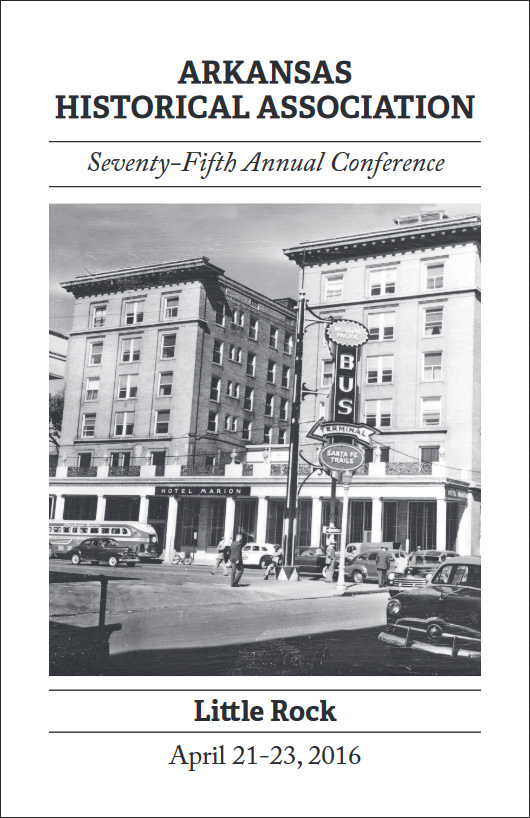We will busy this fall with more talk about the importance of bluff shelter sites in the Arkansas Ozarks. If you are in the area, check out one of these talks, or schedule one for your organization by contacting Dr. Jamie Brandon.
09/7/2017: Spring River Gem & Mineral Club in Cherokee Village, AR.
- Where: Omaha Center in Cherokee Village
- When: 10am
09/12/2017: Kadohadacho Chapter of the Arkansas Archeological Society, Magnolia AR.
- Where: Magnolia Room of the Reynolds Center at Southern Arkansas University
- When: 7pm
09/19/2017: Mind Stretchers Meeting, Van Buren, AR.
- Where: Ruth Skinner Building on 6th Street across from St. John’s in Van Buren.
- When: 6pm
10/07/2017: Walker Shelter Hike, Bella Vista, AR.
- Where: Back 40 trail, Bella Vista, AR
- When: 9am
- Dr. Brandon will lead a 2 mile hike along the Back 40 Loop in Bella Vista to the Walker Shelter. Upon arrival he will give a brief talk about the regional importance of these sites.
11/1/2017: Butler Center “Legacies & Lunch.”
- Where: CALS Main Library Darragh Center, 100 Rock St., Little Rock
- When: 12 noon
11/08-11/2017: Southeastern Archeological Conference.
- At this year’s SEAC in Tulsa, Oklahoma, Dr. Jamie Brandon and Lydia Rees have organized a session on the importance of Ozark bluff shelters entitled “Ozark Bluff Shelters: Past, Present and Future Research.” This session will include George Sabo, Gayle Fritz, Elizabeth Horton, Marvin Kay, James Rees, Devon Pettigrew, Natlie Muller and Logan Kistler, Brian Andrews, Jared Pebworth, Jamie Brandon and Lydia Rees. A publication on this symposium (to appear in the Arkansas Archeological Survey’s Research series) is planned.

